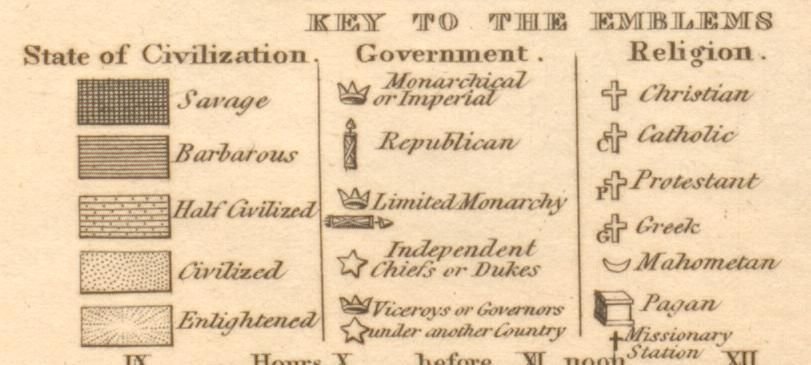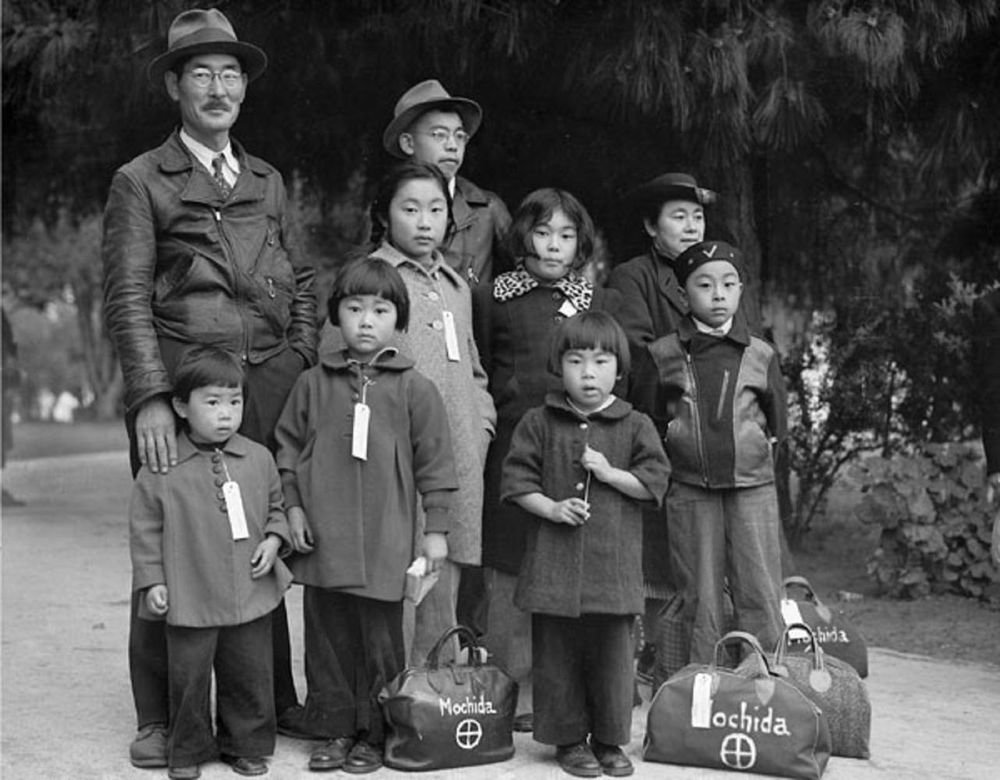“America has power, but not justice.
In prison, we were victimized as if we were guilty.
Given no opportunity to explain, it was really brutal.
I bow my head in reflection but there is
nothing I can do.”
We don’t know who wrote this, but we know why. /1
#ResistanceRoots
In prison, we were victimized as if we were guilty.
Given no opportunity to explain, it was really brutal.
I bow my head in reflection but there is
nothing I can do.”
We don’t know who wrote this, but we know why. /1
#ResistanceRoots

It is one of more than 200 poems carved into the walls of the Angel Island immigration station by Chinese detainees. Called the Ellis Island of the West, the station was built in San Francisco harbor in 1910 to control the entry of Asian immigrants into the U.S. /2 

Angel Island processed a half million immigrants from 80 countries during its 30 years of operation. Most were from China and Japan. Some 175,000 were detained there due to the Chinese Exclusion Act, which strictly limited immigration for Chinese people. /3 

The average detainment was two weeks, but some immigrants were held up to two years as they appealed deportation decisions. They were treated like convicted criminals — forced to stay in their dorms, not allowed to have visitors, their papers and mail examined. /4 

The immigration station was relocated to the mainland in 1940, and the Army began using Angel Island to detain Japanese immigrants. The station was abandoned after WWII and the island became a state park. /5 

The station was to be demolished until park ranger Alexander Weiss discovered writings on the walls in 1970. Written in many languages, they express the frustration and suffering of the detainees. The barracks were designated a National Historic Landmark in 1997. /end
• • •
Missing some Tweet in this thread? You can try to
force a refresh


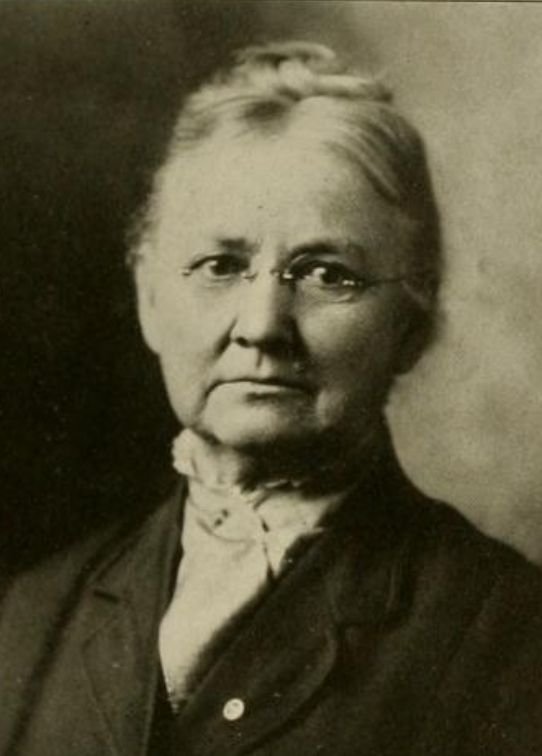

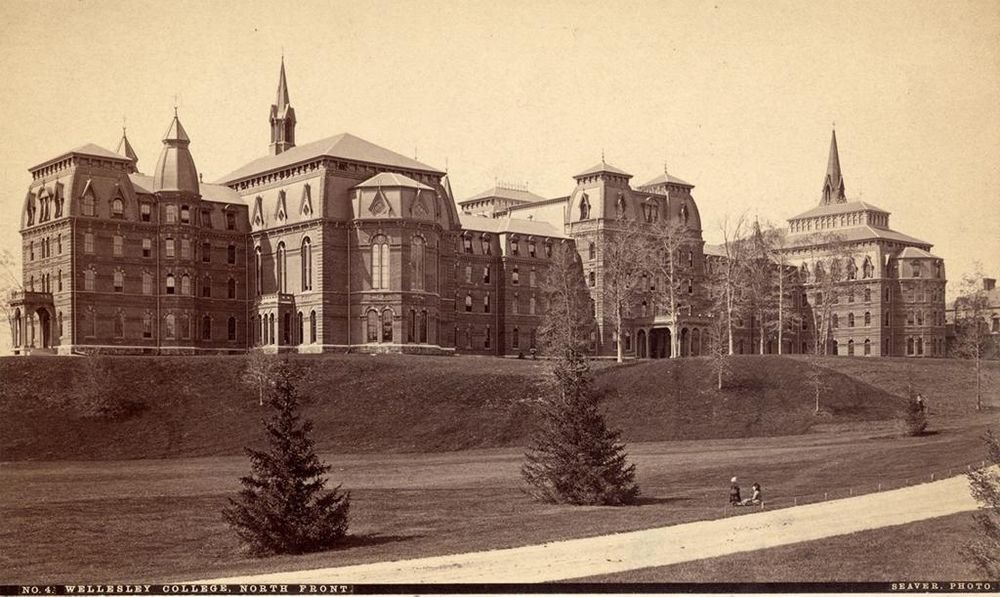



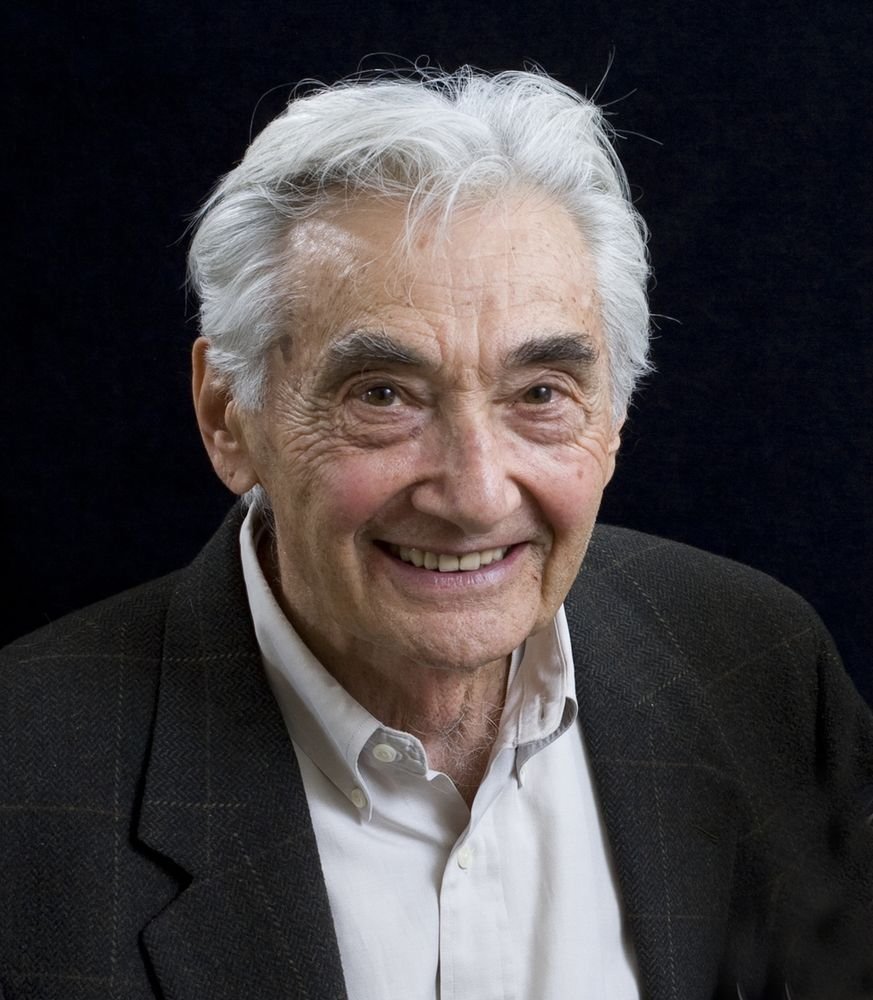
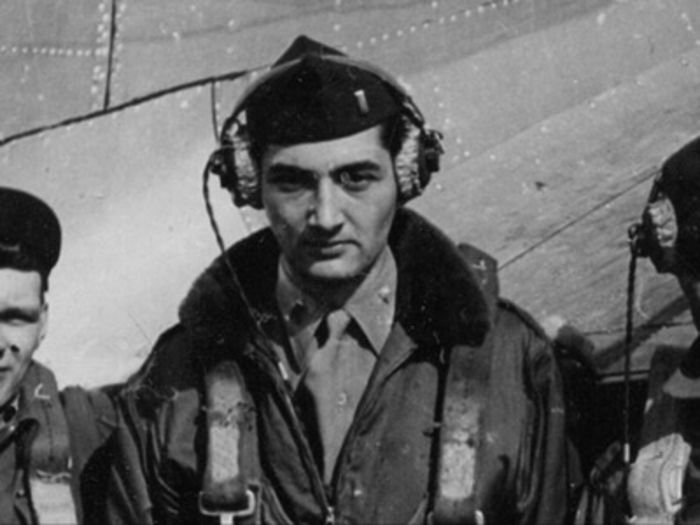
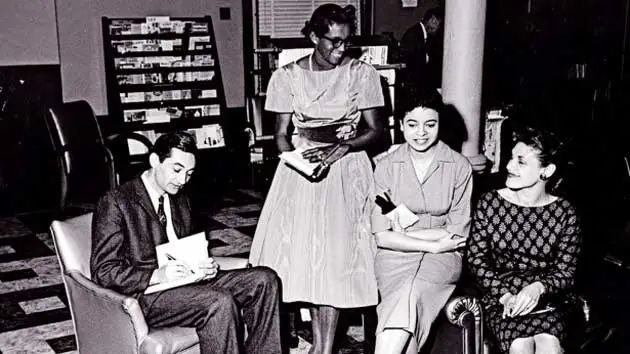
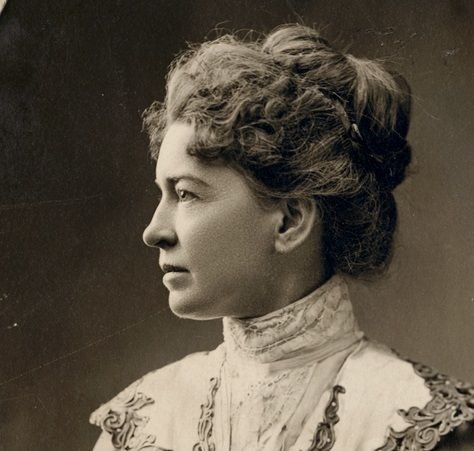
![Moral & Political Chart of the inhabited world: Exhibiting the Prevailing "Religion, form of government, degree of civilization, and Population of each country. [Scale ca. 1:55,000,000]." In Woodbridge’s School Atlas, 14th ed., Oliver D. Cooke & Co., 1831. Image credit: Library of Congress Geography and Map Division.](https://pbs.twimg.com/media/GzI1ImtXQAAPyDM.jpg)
